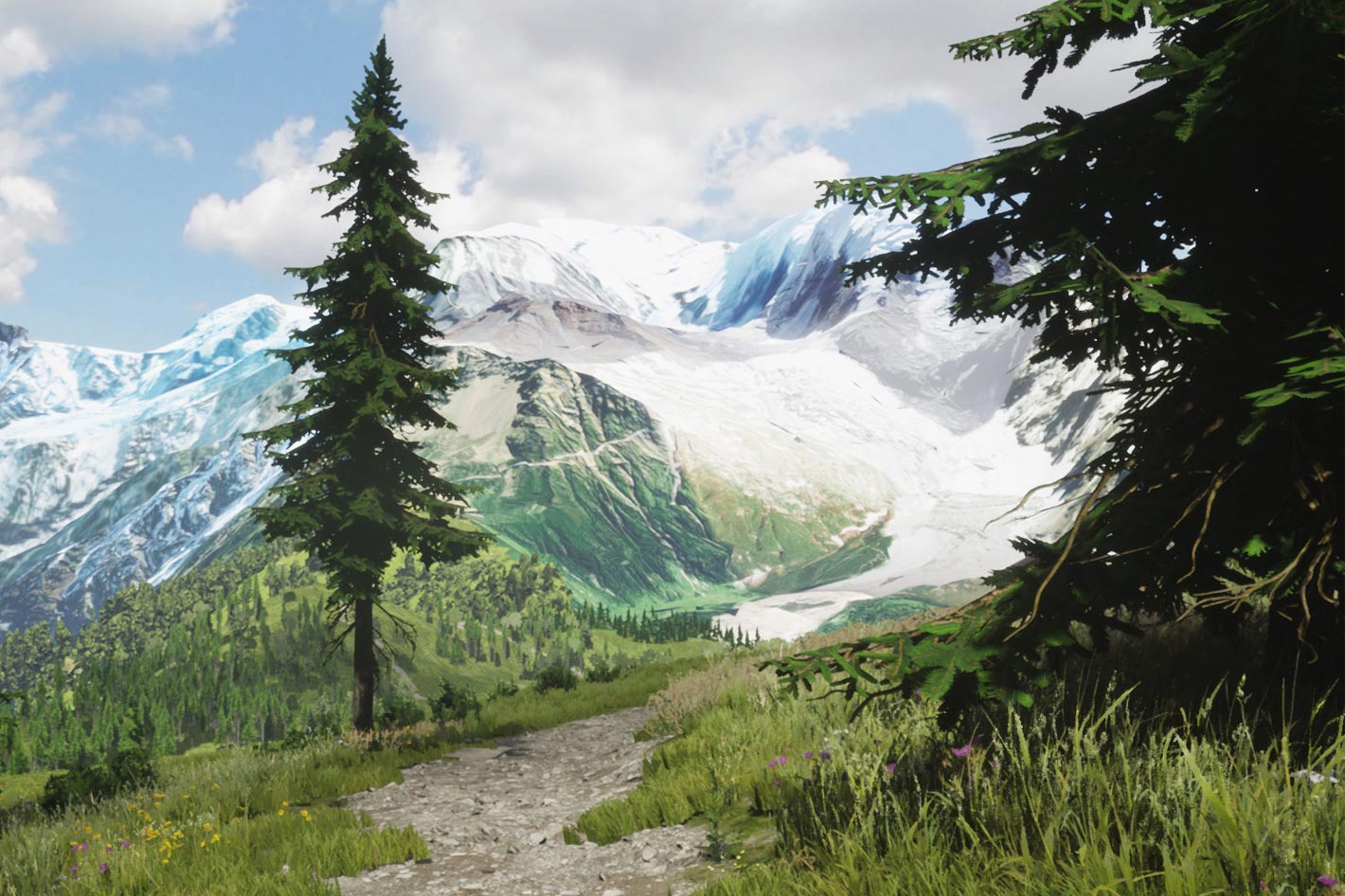[ad_1]
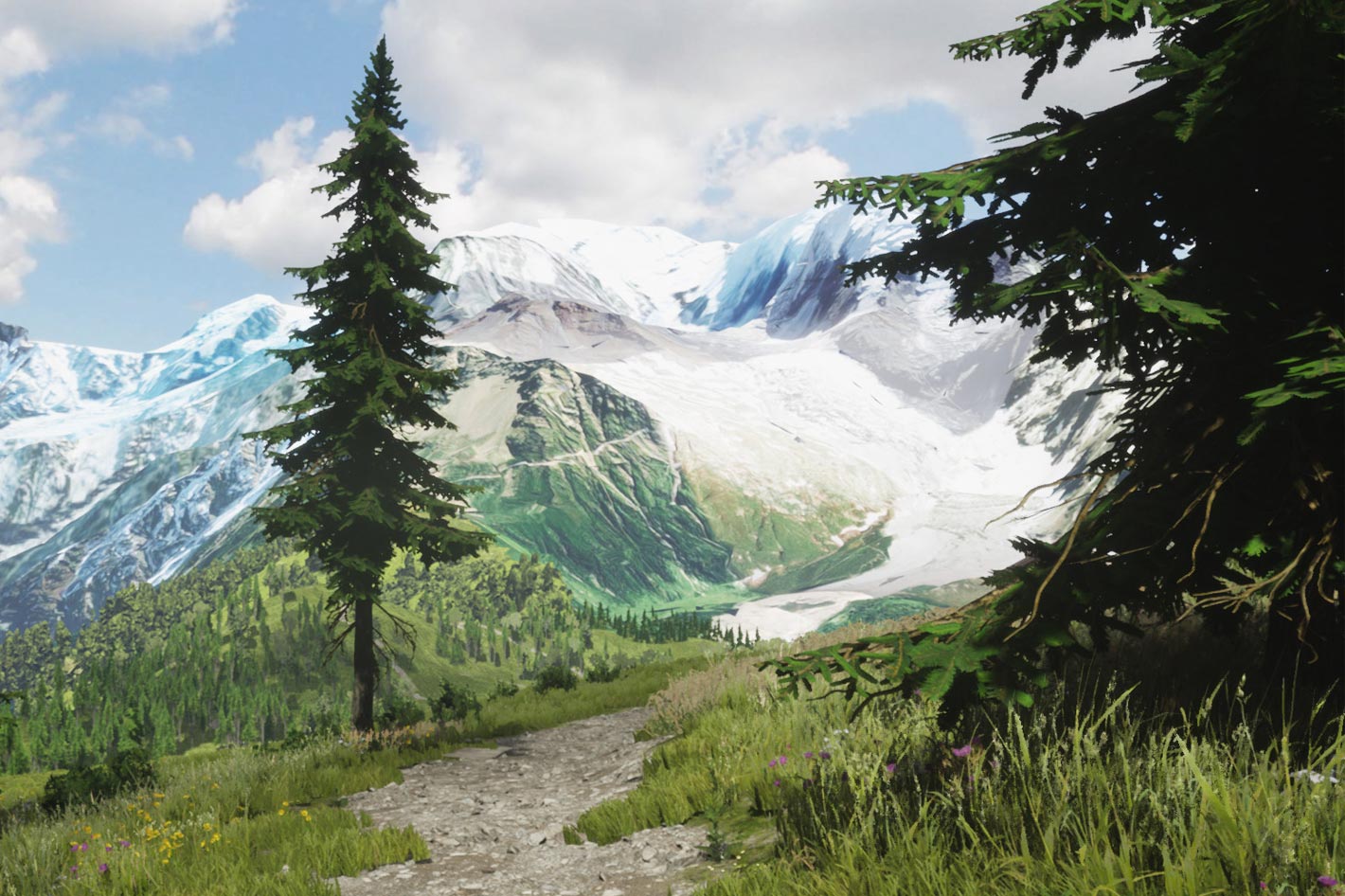 A 3D environment artist/developer working in Unreal Engine, Matt Newell is also an avid photographer, and the creator of Lushfoil Photography Sim, a sim to… photograph landscapes without leaving home.
A 3D environment artist/developer working in Unreal Engine, Matt Newell is also an avid photographer, and the creator of Lushfoil Photography Sim, a sim to… photograph landscapes without leaving home.
The marketing suggestion, “a tranquil exploration and photography experience set across a vast selection of faithfully detailed landscapes” may suggest a nature photography workshop or tour, but what is really being sold is… a photography simulation. Yes, just what you read!
The “game”, under the title Lushfoil Photography Sim, invites users to “capture photos in beautiful locales”… without ever leaving their sofa. Yes, the “simulator”, which is now announced as “coming soon” on the platform Steam, allows “coach photographers” to “experience detailed, true-to-life recreations of beautiful and diverse locations around the world” inviting them to “trek through and explore environments to capture stunning vistas and landscapes with your fully-featured in-game camera.”
We live in a time when, thanks to AI, landscapes and nature photographs need to have a stamp “made in the real world” so people understand what is real and what is created inside a computer. Recently, photographer Brian Matish published one article, “Improve Your Wildlife Photos With Photoshop Generative Fill” that shows how the use of the tool in Photoshop can, as he writes, “improve wildlife photos”. In one of the examples given he shows how AI can “actually ‘save’ a photo that would otherwise be deleted. It’s all seriously cool stuff!”
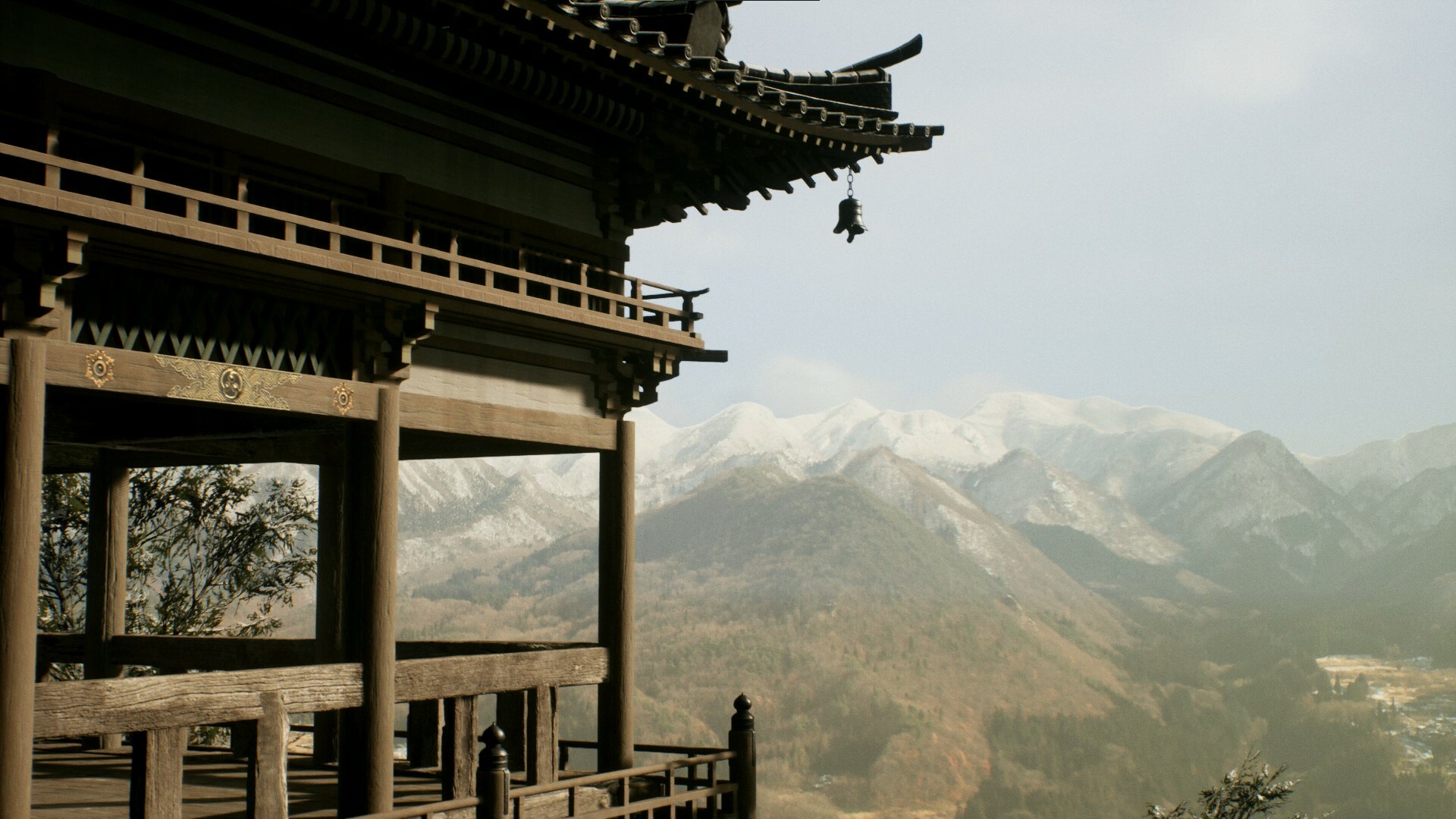 Galen Rowell and the morals of the photographer
Galen Rowell and the morals of the photographer
The photographer notes that “Love it or hate it, there’s no denying that Generative Fill, Adobe Firefly, and Generative AI are transformative technologies” and adds “that while he supports AI and truly enjoy experimenting with it, it is not a substitute for making the effort to “get it right in camera.” Matish also writes that “however, I also live in a reality where it’s not always possible to get it right in camera despite your best efforts and noblest intentions. So, if one option is to be unhappy with the photo, another is to delete it, and the third is to leverage AI technology to suit your tastes and fix it, I’ll take door #3 every. single. time.”
The article from Brian Matish made me think of Galen Rowell, the extraordinary photographer who died in a plane crash in 2002, an artist known for his visual extremes. In one article from 2011, Tim Parkin & Joe Cornish note that Rowell’s images, like the iconic photo of the rainbow over the Potala Palace in Lhasa, Tibet, were often questioned for veracity, and suggest that “this is probably why Galen wrote so much about the morals of the photographer and how ‘reality’ should not be distorted through the use of filters.”
An avid reader of Galen Rowell’s column in Outdoor Photographer, I remember well his comments on the importance of nature photography being a record of what was in front of the photographer. Which is an interesting note from an artist that worked with Singh Ray to develop a range of neutral filters that became a key tool for landscape photographers and whoever needed to control light.
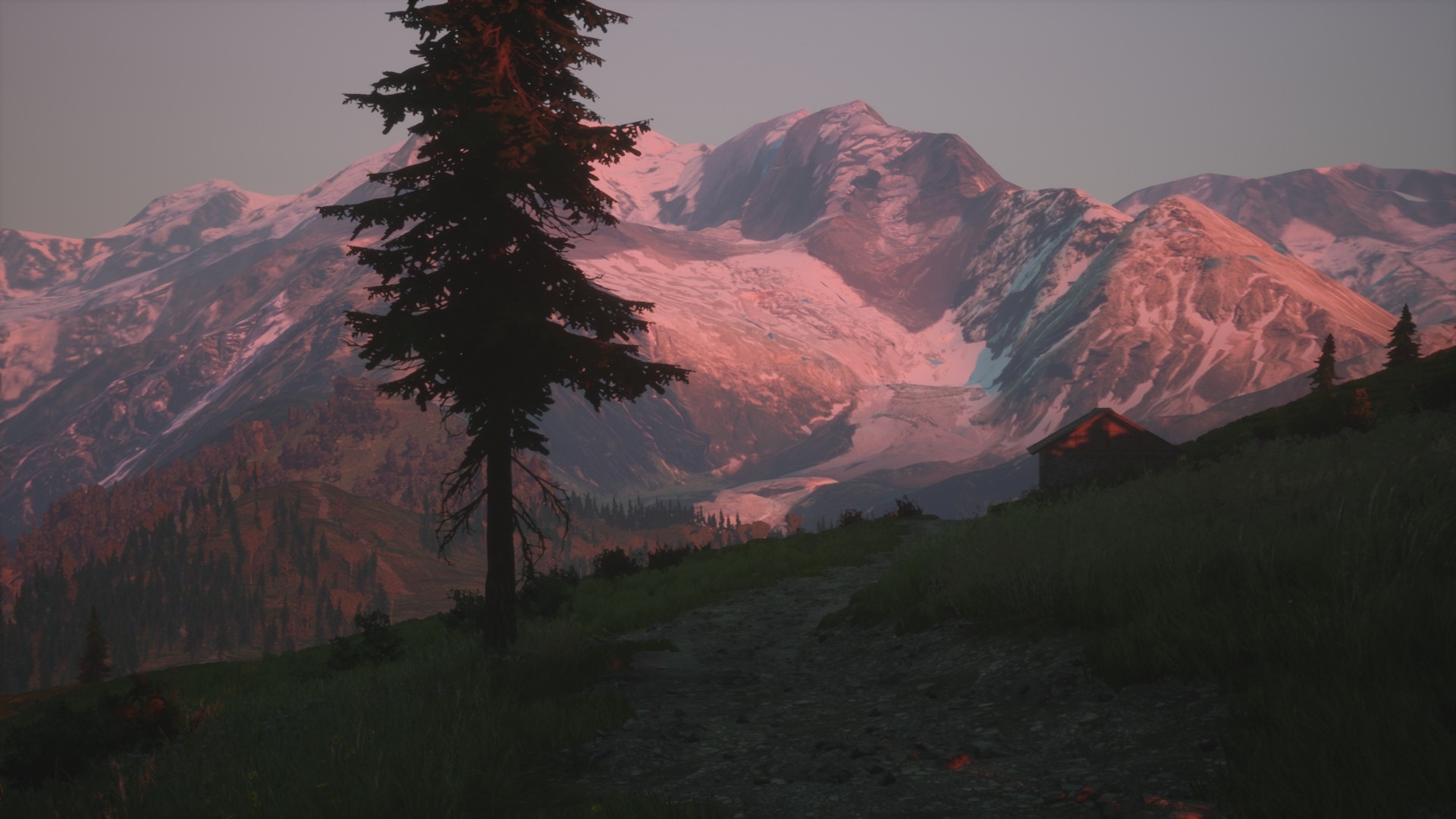 Are photography sims a solution for overtourism?
Are photography sims a solution for overtourism?
What would Galen Rowell think about the announcement of a game that allows you to “trek through and explore environments to capture stunning vistas and landscapes with your fully-featured in-game camera”? One thing is true today: the pandemic introduced the term “virtual” in our vocabulary, and the explosion of tools to create immersive worlds made Virtual Production a common term in the jargon of filmmakers.
The creation of virtual worlds has also led some to suggest that conventional traveling can be exchanged for virtual tours. It’s an eco-friendly solution that may not satisfy everyone but may be the only solution for many. Overtourism is, in fact, creating serious problems in popular places around the world, and local authorities are eager to find solutions. Already in 2019 Condé Nast Traveler published an interesting article, “How Technology Can Help Us Tackle Overtourism” about the problem, to which National Geographic added more information, in 2020, with “Is virtual travel here to stay, even after the pandemic subsides?”
This to explain that the Lushfoil Photography Sim may not be so strange a proposition, when you look around. After all, what it proposes is for people to do whatever they do when visiting new places: wander around and photograph. The difference is that here you don’t have to share space with thousands of other tourists or listen to the noise of the crowds: the rich atmosphere of Lushfoil’s world is enhanced by an ambient, ethereal soundtrack featuring licensed music from artists around the world.
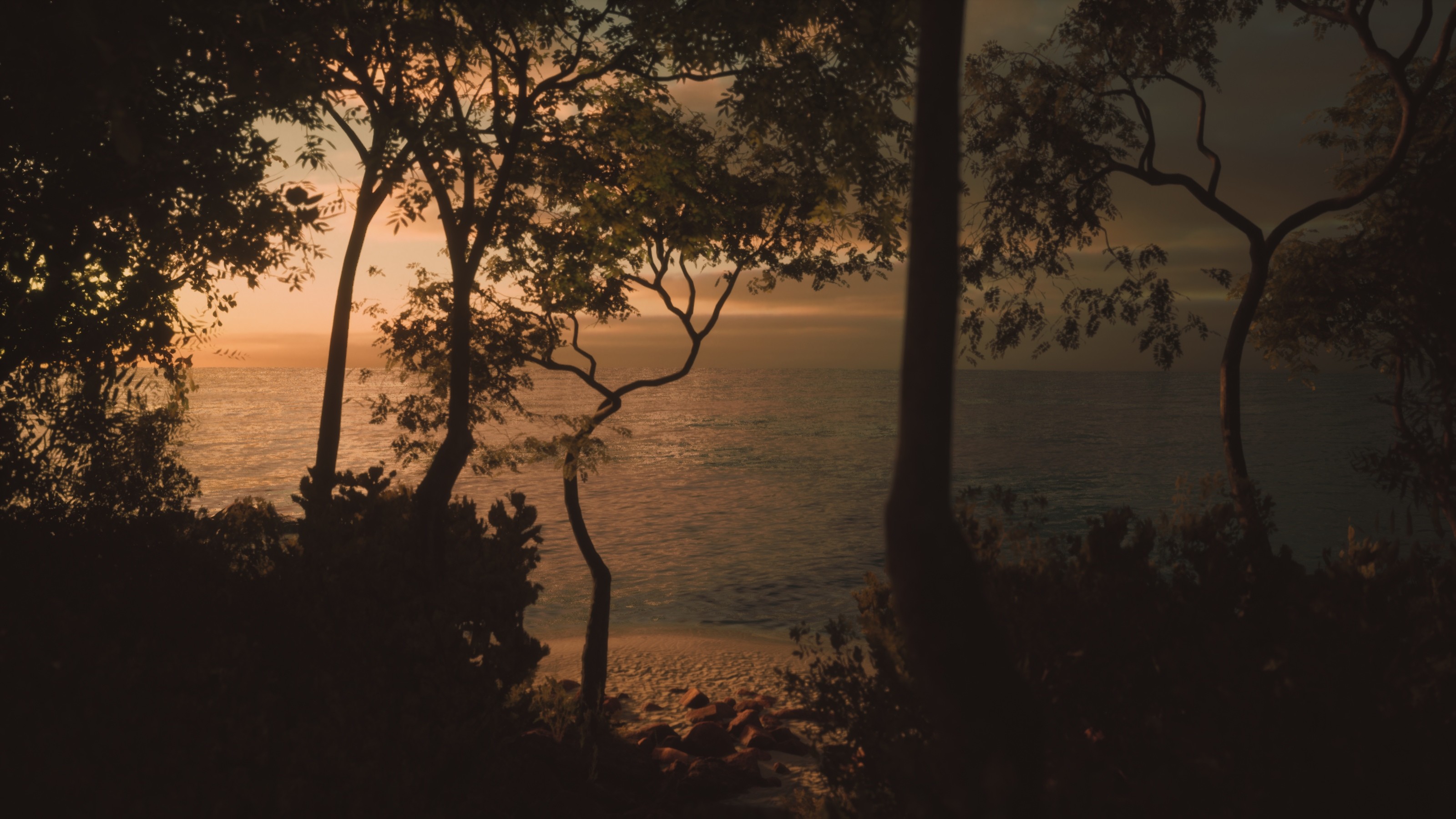 Landscapes created in Unreal Engine 5
Landscapes created in Unreal Engine 5
Because, at heart, it is built as a game, each environment is filled with objectives to reward players that have a good eye for angles and perspectives, and hidden secrets for those who are patient and observant. The goal is to capture the perfect shot, and for that the in-game camera includes an abundance of settings that you’d expect from a real-world professional DSLR camera.
The camera simulates settings such as Auto/Manual Focus, Flash, Exposure, Contrast, White Balance, Aperture, Burst Shot and other effects for full creative control over your photography. The game further provides tools that allow for manipulation of the environmental conditions for your photos, such as manual adjustment of light angles, fog, snow, wind, and rain. Not much different from what “virtual travelers” can find in virtual worlds as Second Life or in many modern games, which offer a photo mode, for users to capture their best shots in game. I know, I do it all the time!
The difference when it comes to Lushfoil Photography Sim is that it recreates landscapes from the real world, all created in Unreal Engine 5. The sim is built from the ground up to be both efficiently optimized and showcase the game’s locations in stunning visual fidelity. There are extensive custom settings that will help the game run on a wide range of PCs, while taking full advantage of high-end graphics cards.
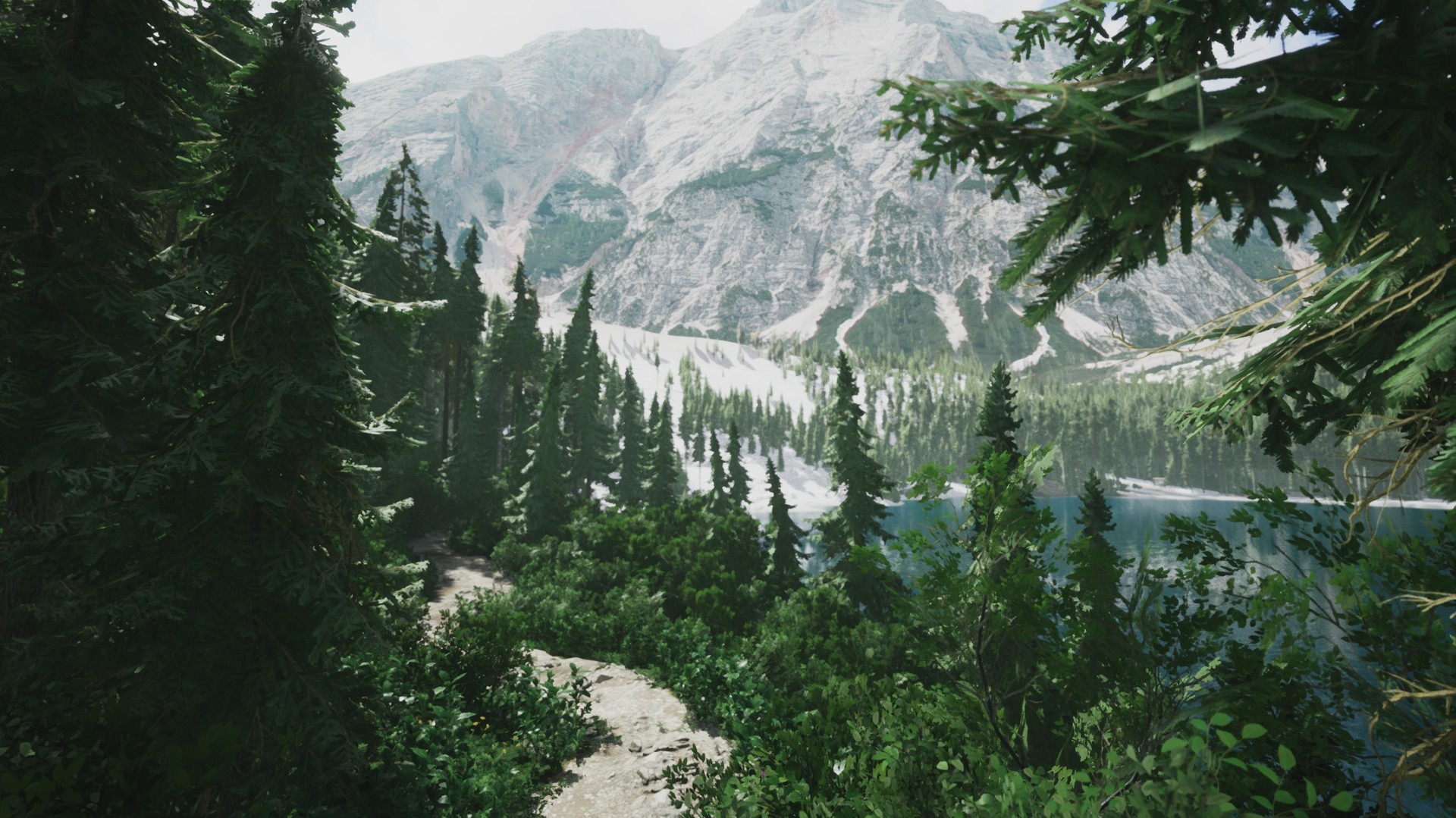 Author is an avid hiker and photographer
Author is an avid hiker and photographer
Lushfoil Photography Sim, which will be available for PC and console, even uses a classic marketing term from the travel industry – “Off the Beaten Path” – to challenge users to dive deeper into the game’s many locations to find unlockable cameras and experience the world from unique perspectives. Find a first-person drone that allows you to soar above the landscape and capture the world from above or find a hidden rowboat that allows you to traverse still waters in pursuit of the perfect shot.
Matt Newell, the author, lives in Perth in West Australia and has been working on this project solo for about 4 years (as of April 2023). As an avid hiker and photographer, he takes his experience from the real world into the development of the sim and hopes “you’re able to appreciate the atmosphere and details I have tried to encapsulate in these environments. I sincerely hope you have a great experience!”
In the end Lushfoil Photography Sim only continues to expand on what has been available, in many cases thanks to the expanded use of Virtual Reality. The simulation brings together a series of sceneries the author had published before, from the uniquely colorful lake Braies, located in the heart of the Italian Alps, to the rolling green hills of the French alps, at the foot of Mont Blanc or Mýrdalssandur, a section of barren, mossy landscape from Iceland’s southern coast, which I had a chance to download, a while ago, from Steam, and which left me wanting more.
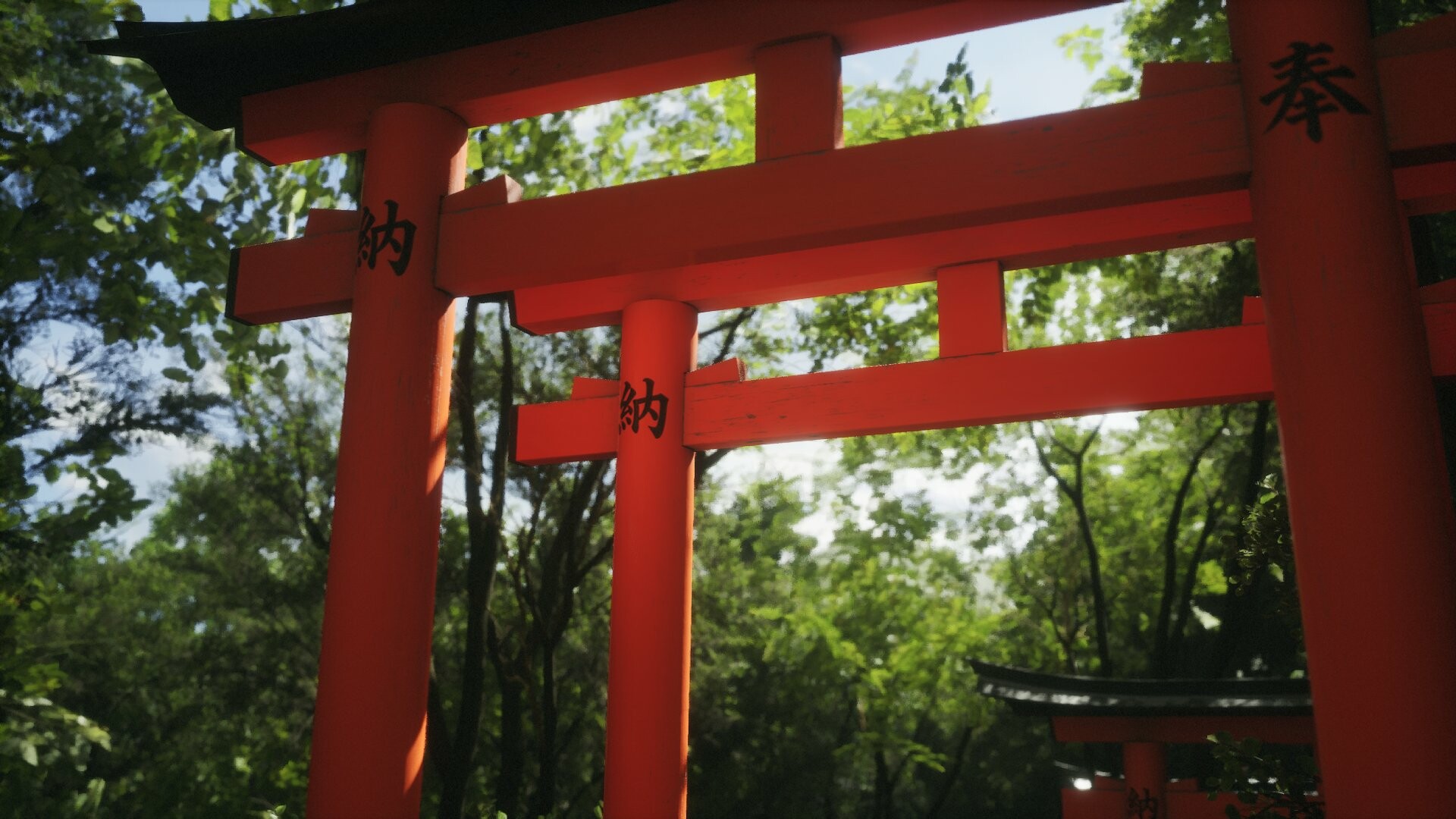 Photo Mode in Death Stranding
Photo Mode in Death Stranding
For anyone thinking this is “new”, let me say that the use of computer simulations for photography has been done before, and what is probably the greatest example of the possibilities continues to be the real-life photos created in Photo Mode in the game Death Stranding, from Kojima Productions. Award-winning landscape photographer Pete Rowbottom takes us through what can be considered a “Masterclass in landscape photography” using the game’s world, in which he talks about the advantages of photographing … in virtual worlds. This is from 2020!
Pete Rowbottom says that the in-game photo mode is something that he could actually use “to teach people, ideas about framing, composition, lighting. You’re able to do everything, you’re able to move around, you’re able to create composition just like you would do if you were outside.” The experience gained in Death Stranding can, in fact, be used to create better photography in the real world.
Lushfoil Photography Sim brings that experience in a simulation that is not part of a game, but a real “virtual photography tour”. Yet, it will be published by a games company, Annapurna Interactive, which has in its portfolio some very interesting titles, from Stray, an adventure with cats, to Twelve Minutes, an interactive thriller about a man trapped in a time loop, featuring James McAvoy, Daisy Ridley, and Willem Dafoe.
Annapurna Interactive also announced Blade Runner 2033: Labyrinth, which brings the revered franchise back to games for the first time in 25 years. Set between the original film and 2049, Blade Runner 2033 takes place after the events of the Black Out and asks: what does a Blade Runner do when there are no Replicants left to hunt? It may look as if this is a completely different story, which has nothing to do with the subject of this article, but looking at the trailer, the first thing I thought was: “I want to take pictures inside this game. Virtual pictures, I mean…”
Before I close, one remark I believe it’s important to make: photographs taken in virtual worlds or any other image created or “saved” with AI, need to disclose that information. As we live, now, between real and virtual worlds, and gather images from both to keep as mementos of our journey, it’s important, in my humble opinion, to clarify the origin of each document.
[ad_2]
